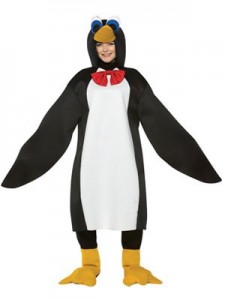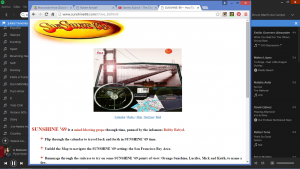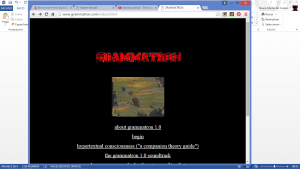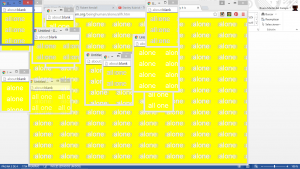I have something to say that is really bugging me about Berger… I am currently writing on his pictorial essays, where he states that he wants to make the act of raising questions one that is absolutely natural. He wants questions being raised without any sort of unnecessary information getting in the way or infleunging our interpretation and judgement – “sometimes in the pictorial essays no information at all is given about the images reproduced because it seems to us that such information might distract from the points being made”. Ok, that is fair. The thing is John, that we cant actually see them! The way these are printed in black and white! And something about how they are printed makes them lose detail! This obviously makes the act of raising questions not as natural as you seem to want it to be .
.
Look Penguin Books, ( or…whomever had the brilliant idea to publish the book like this) at first this was not that big of a problem, I was like: “its kinda weird that they are in black and white, but I can deal with it”. But as soon as you embark on the journey of writing a 2000 word essay on an extract of a book that is solely pictures, things start to get a tad difficult when you cant see the images properly. Just sayin’.
People might argue: “but Bruno, you can simply google the images, there’s a ‘List of Images Reproduced’ and in the internet you can see them in super-ultra HD if you want to”. To them I would say: “oh gee, thanks, insightful passerby, I was just trying to look at the images as the author actually intended me to. You know, without any sort of “mystifaction” or context influencing my judgement in the questions I am raising from this essay. Guess what looking in the ‘List of Images Reproduced” would do? Give me information that the author did not intend me to see when interpreting these pictorial essays. And that thing about googling them, well, I don’t know if you know this but google has a lot of information. So yeah, thanks a ton for your insightful comments”. ß This is true. Knowing the timeframe when certain paintings were done, and by whom, gives us a lot of information about them. We inevitably stop seeing the painting just for what it is…something that Berger talks about when he comments about Hals’ paintings.
I am really angry at this because I’ve actually had to google the images because when looking at some of them, the details become so incomprehensible that the whole experience of looking is ruined. This is my personal experience, at least.
Ok, look at the bottom picture in page 74, what is that in the left top corner?! Dammit I cant see! Looks like a goat, or is this the person pouring something, but from what? I ask you… Or… Look at the top picture of page 75…WHAT ARE THEY SITTING ON? Is that grass or blankets it sure looks like the big man that is attacking is pushing away some flowers or splashing some water. I don’t know. Inevitably I’ve had to google these images, thankgod I didn’t learn a new piece of information that might ruin my interpretation fo this essay. Or at least I’ve forgot it. And now I know that painting in page 75 takes place in a garden, near a river, where the man and woman seem to be sitting on the blankets having a sort of picinic. This detail shows me that the man that is attacking is more connected to nature than what I originally thought, or at least that the sort of vibe it gives me. And this is EXACTLY what we should be able to experience full freedom to let my eyes wander to come up with as many questions and connections I can of these images.
sitting on the blankets having a sort of picinic. This detail shows me that the man that is attacking is more connected to nature than what I originally thought, or at least that the sort of vibe it gives me. And this is EXACTLY what we should be able to experience full freedom to let my eyes wander to come up with as many questions and connections I can of these images.
However I cant search for all of these images. I am ESPECIALLY afraid of googling the bottom picture in page 71, which is also clearly losing a lot of detail by being in black and white. I am afraid because I am not given here the timeframe when these were made for a reason, I do belive this. This is such a big part of the interpretation of this essay, knowing any extra piece of information might prove my feelings of: timelessnesss and no apparent connection of time between each other, ruined. Knowing when the paintings were made might prove my feelings wrong, and I don’t want that. That would certainly affect my writing. I wouldn’t be able to approach these images as closely as a child would approach them, see them as they are, avoid their mystification. And currently I have not googled them, in the fear that any extra piece of information that is given to me might ruin my interpretation.
I don’t know what is his intention, but trying to obtain information from the pictorial essay like this, is like reading from foggy glasses: I’m not really seeing. In paintings, details are relevant, also is colour; we see in colour, it is a big part of our vision and it is for this reason why I wonder why John Berger would print his book in black and white and so small? He could have printed bigger images and had a bigger book, y’know. If it is because of cost I would be very dissappointed….or is this just the version the university ordered, if so…I would also be very dissapointed. Either way it seems like I would end up disappointed *sight*
Ill do what I can with what I got.



